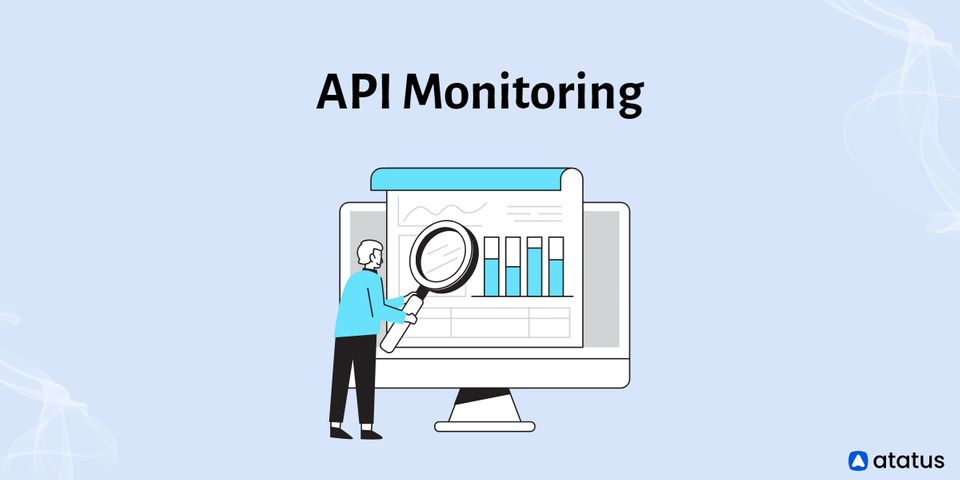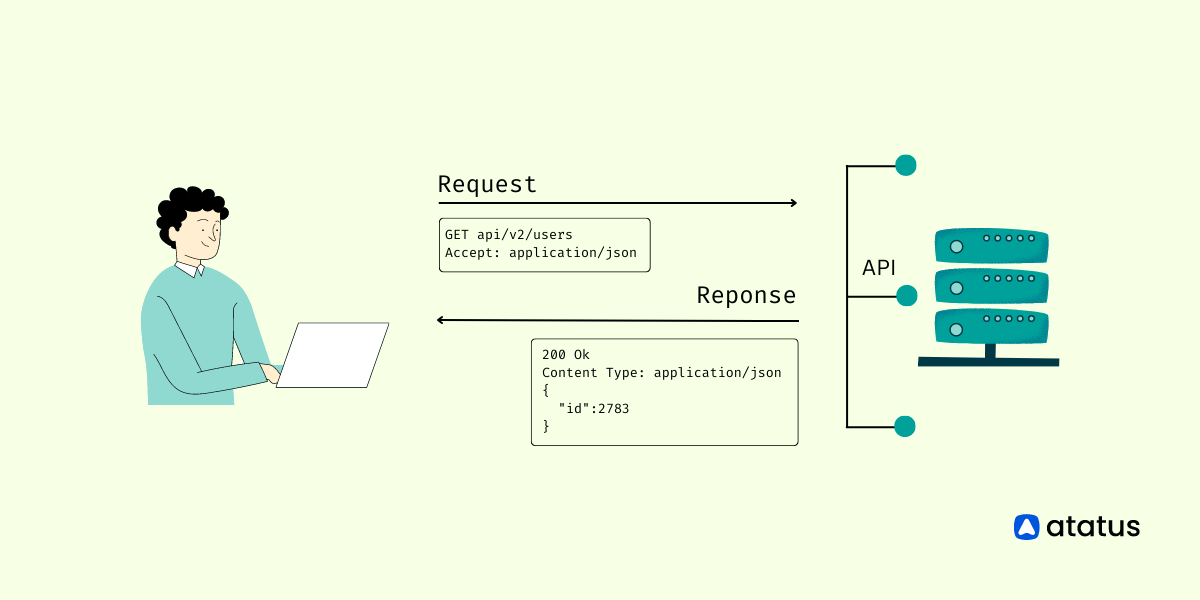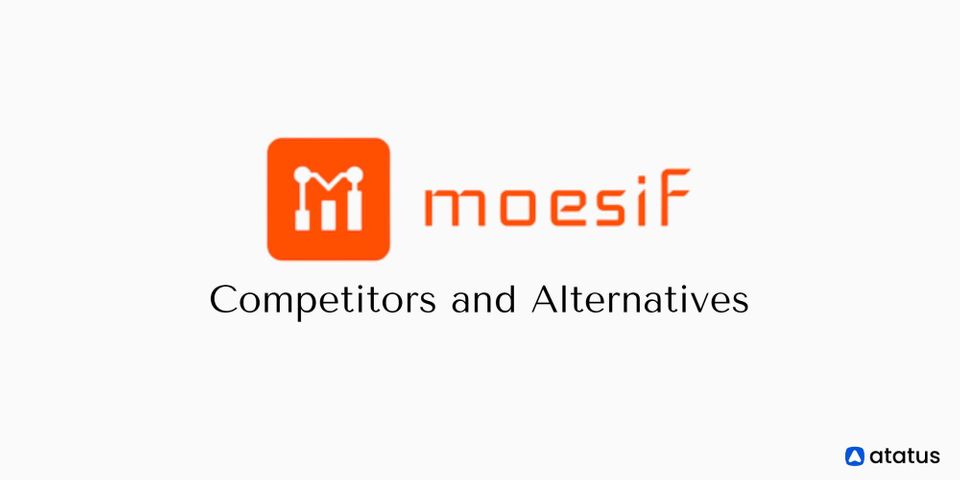What is API Monitoring? Ways to Monitor API, Best Practices, Tools, and More
To provide a fast, seamless, and highly available experience for the end-user, modern applications increasingly rely on third-party services. Due to this rising complexity, it's become important for IT employees to ensure that these services are up and running and communicating as they should. API monitoring has thus become a must-have for DevOps teams.
We now have the following:
- Introduction
- What is an API?
- What is API Monitoring?
- Why API Monitoring is Important?
- Ways to Monitor API
- API Monitoring Best Practices
- Choosing an API Monitoring Tool
- Tools for API Monitoring
Introduction
Innovative service-oriented applications have exploded across all computing platforms in the last decade, from the cloud to the web to mobile devices. APIs are causing a shift in the modern technology market because they remove the most difficult obstacles to experimentation and beneficial development in the industry.
Big companies with established systems with a broad, entrenched customer and infrastructure reach previously found it difficult to make large-scale modifications and add new services. They were steering a ship that was far too large to be manageable.
Meanwhile, start-ups were modest and innovative, but they lacked the resources to scale or faced significant challenges in gaining enough market share to be successful. APIs enable digital transformation and innovation by acting as a tangible bridge between applications and enterprises, allowing previously impossible interactions to be made possible.
What is an API?
An API, or Application Programming Interface, is a piece of software that allows two applications to communicate data without requiring either side to comprehend the other's internal workings. Each API has a web address, which is referred to as an API endpoint, and serves as the communication channel between a consuming application and the API.
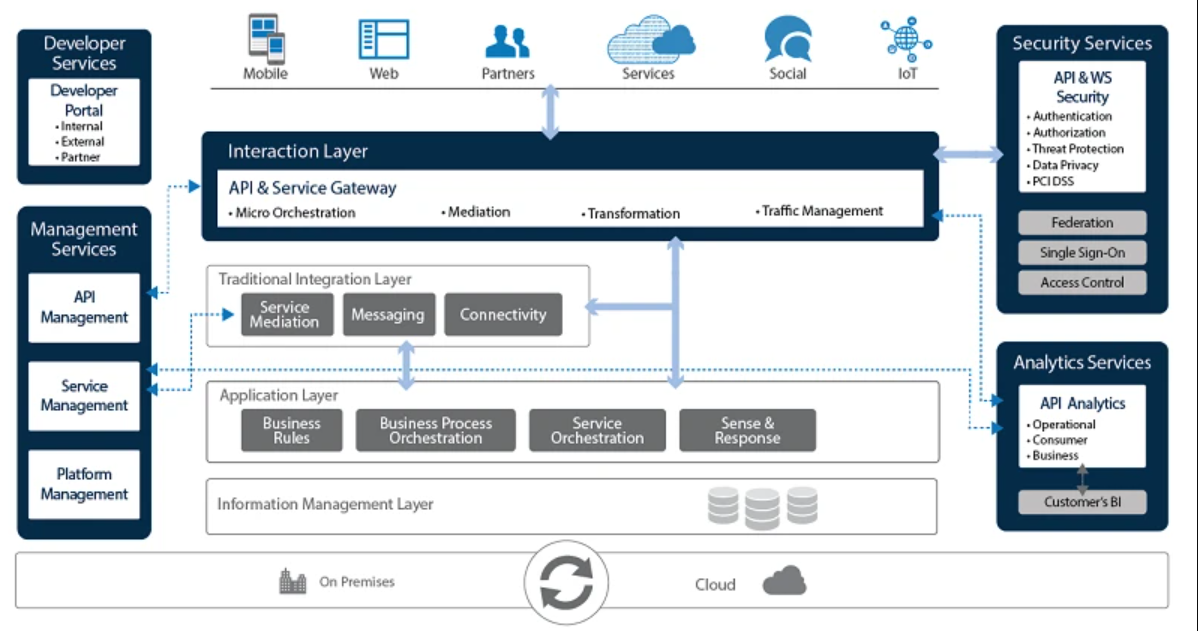
Anyone who has worked in systems integration since the early 2000s understands the importance of those phrases. The phrase API has taken on new meaning in modern computing:
- Developers create APIs to interact using standards that are easy to integrate, such as HTTP, REST, and SOAP.
- APIs should be designed to last as long as possible with minimum changes. They are most effective as long-term interfaces that systems can rely on.
- APIs must be monitored for security, performance, and scalability, among other factors.
The potential of APIs may be seen while booking a trip using third-party apps like Expedia or Kayak. The selection of an airline, flight, seat number, hotel rooms, rental vehicles, and other services is handled by a single application. Purchasing services from different companies whose systems do not exchange information directly results in a smooth experience.
Simple Object Access Protocol (SOAP) and Representational State Transfer (REST) are the two primary competing technologies for providing extensibility to APIs for establishing web services at the moment. In recent years, GraphQL has become a popular alternative to REST for specific use cases. There are a few lesser-known variants as well.
SOAP API
The XML and HTTP protocols are used exclusively in SOAP APIs. Sending a SOAP request is similar to sending a message in an envelope. SOAP APIs involve more effort on both the client and server ends and consume more overhead and bandwidth. In comparison to REST, SOAP encloses more stringent security, much like envelopes.
REST API
REST is more like a lightweight postcard than SOAP is like an envelope. REST APIs are widely regarded as the gold standard for scalability, and they are well-suited to microservice architecture.
REST APIs are fast, reliable, and can handle a wide range of data formats. REST APIs also decouple the client and server, allowing both to evolve independently. Building a genuine REST API, on the other hand, is challenging since it requires strict adherence to the Uniform Interface criterion.
HTTP API
HTTP APIs, as previously stated, can be very similar to REST APIs. The Richardson Maturity Model assigns a score to HTTP APIs based on how well they adhere to REST restrictions. In reality, the majority of APIs fall into this group.
GraphQL API
Contract-driven GraphQL APIs include introspection out of the box. In comparison to genuine REST APIs, which require a substantial understanding of HTTP to construct wisely, creating an API with GraphQL is quite simple.
However, their disadvantage is that they do not scale well and require close client-server coupling. As GraphQL queries grow in size, they become more expensive to read and execute plans for, and they lack some features intrinsic to HTTP, such as content and language negotiation.
What is API Monitoring?
API monitoring is the practice of gathering and evaluating data about an API's performance to spot issues that may affect users. Before you can fix a slow-running application, you must first figure out what's causing it. Modern systems use a large number of separate microservices rather than a few large ones, and one poor-performing service can have a negative impact on an application's overall performance.
Furthermore, unless effective monitoring is in place, finding a single poor-performing service among hundreds might be difficult. API performance monitoring and measurement are so critical in current multi-cloud environments.
How does it work?
The easiest approach to illustrate API Monitoring is to describe how a team would go about putting it in place.
First and foremost, they should prioritize their API routes, functions, processes, and services. It's more difficult to decide what to monitor than it is to monitor, just as it is with API testing.
The team would next decide on the metrics to measure their API's success after selecting the important API functionality:
- Is this route 98 percent of the time available?
- Is the average latency under 3 seconds?
- Are the response sizes under 1MB?
At this time, the API monitoring tool would be the best option. The tool should have all of the required metrics. It would also include ways for producing API requests that are faithful representations of real API requests (response size, location, etc.).
The API will interface with the tool and generate metrics once an API monitoring tool is chosen. The API monitoring tool will allow for continuous requirement adjustments, and stakeholders will be able to respond rapidly to performance, functional, or availability failures.
Why API Monitoring is Important?
API monitoring collects and analyses metrics that describe the most important parts of an application's performance, allowing developers to acquire a better understanding of the health and efficiency of the APIs they use.
Consider a website that delivers weather information to better understand the value of API monitoring. A weather forecasting service provides APIs for that website. If the API is slow, web pages displaying weather data will take longer to load and may even fail, causing user annoyance.
In addition to performance monitoring, your team may be interested in learning more about how developers use APIs, such as which functions are used the most. This might help you identify which areas need to be improved or updated.
Some developers, for example, maybe utilize an old version of an API that will be deprecated soon. If this were the case, IT departments would need to make preparations to upgrade to the most recent version of the API.
When leveraging third-party components like payment services, customer relationship management systems like Salesforce, and internal services offered by other teams inside an organization for specific internal operations, API monitoring is very critical. The demand for better monitoring solutions is growing as the popularity of these highly modular third-party services grows.
API monitoring can also reveal the extent to which business functions rely on APIs, as well as the impact of accessing those APIs on business goals and key performance indicators (KPIs).
Ways to Monitor API
It's critical to track metrics that describe the most significant parts of an application's performance when monitoring. The number of API function calls, the time it takes to reply to API function calls, and the amount of data provided are all significant metrics to consider when it comes to APIs.
API monitoring can be divided into two types: Synthetic Monitoring and API Analytics.
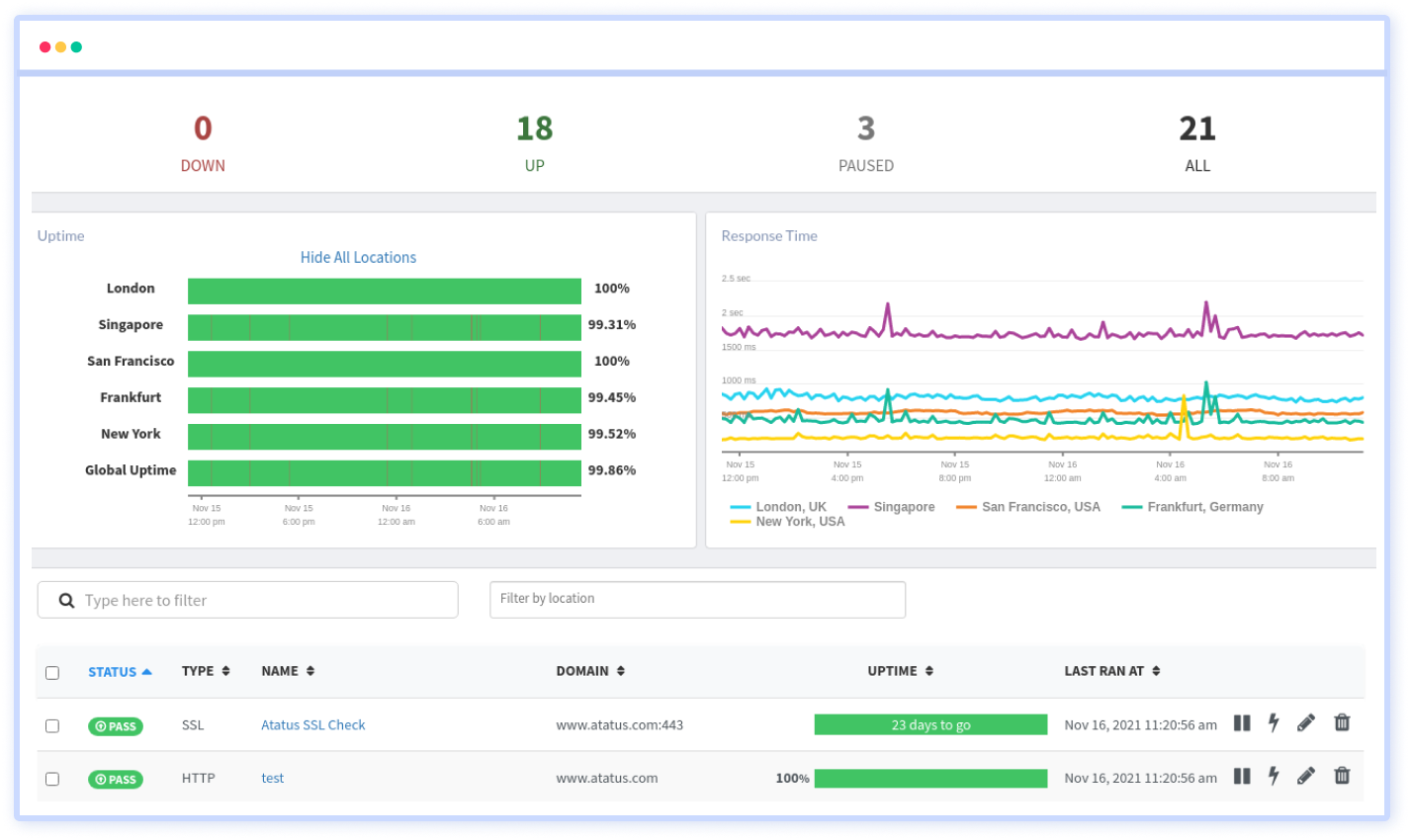
Synthetic monitoring is a type of application performance monitoring that emulates the paths users might take when interacting with an application.
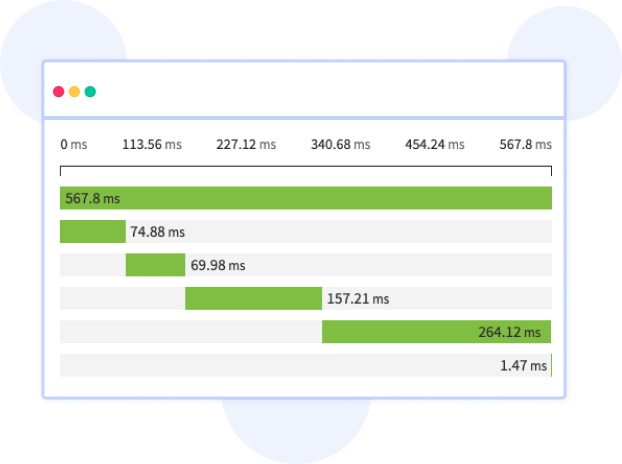
Synthetic monitoring employs scripts to generate simulated user activity for various scenarios, geographic regions, device types, and other variables, and it can automatically keep track of application uptime and inform you how your application responds to normal user behavior.
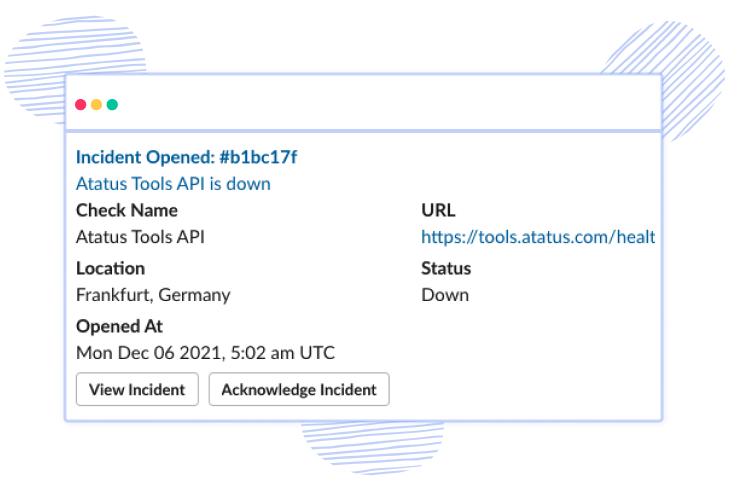
A synthetic monitoring system can give you critical information into how well your application is working once this data has been collected and analyzed.
API Analytics analyzes customer and product metrics including engagement, retention, and developer conversion, as well as engineering-focused data like performance and uptime.
API analytics are useful not only for engineering teams, but also for product owners, customer success, marketing, and sales teams.
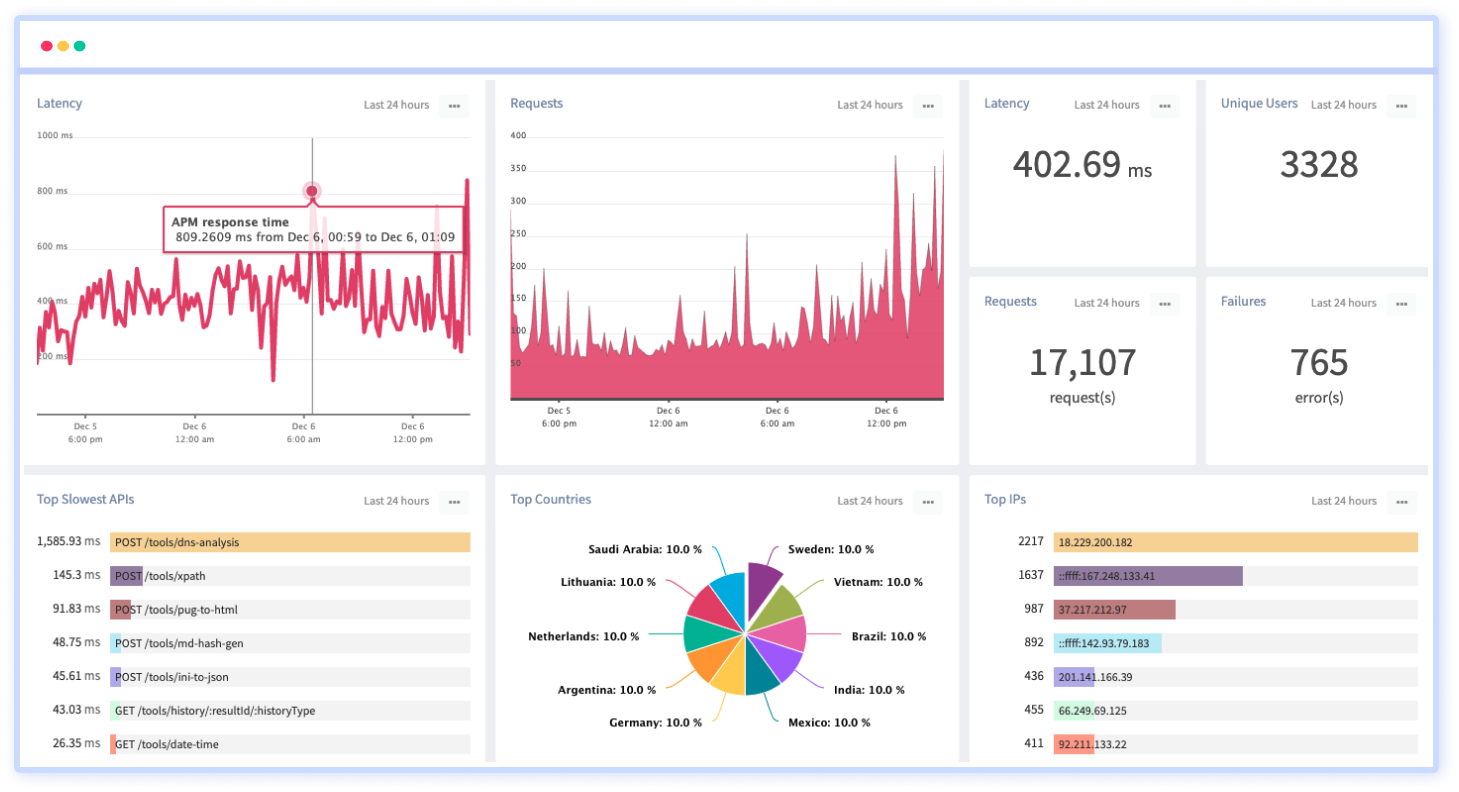
API analytics helps you filter, sort, and aggregate API event data so that it may be presented as correlated data. Analytics can help you in a variety of ways, including managing service levels, setting quotas, building business controls, defining and implementing security policies, managing communities, and evaluating trends.
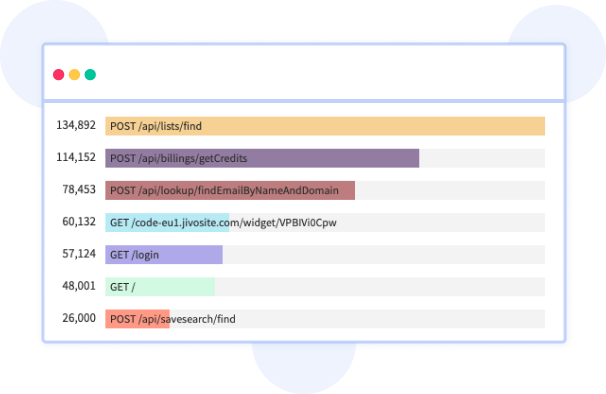
API Analytics allows you to analyze the quality of your API product using performance metrics, gain insights into user interactions with your API products, improve your security posture by monitoring policy violations, and prioritize investments by tracking key API program aggregate trends.
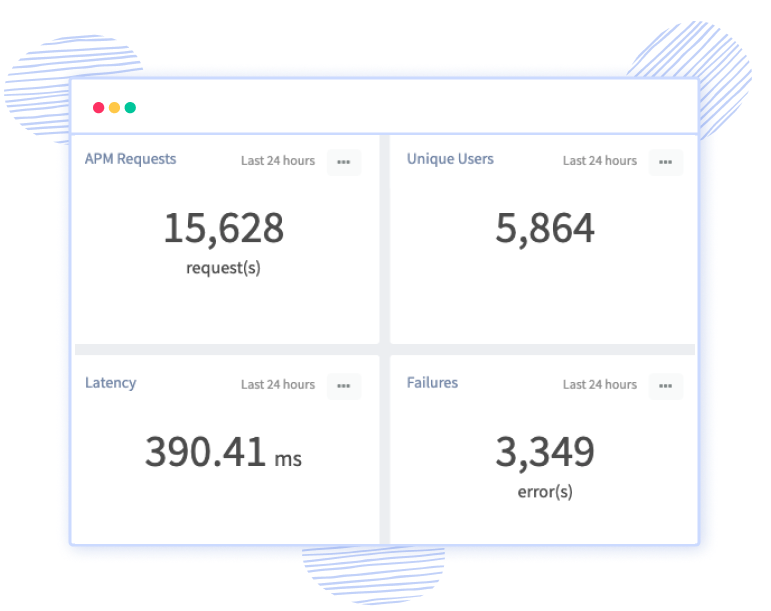
Atatus makes it simple to search, analyze, and aggregate your data by combining request and response properties. With a few clicks, you can customize views or transform any search result into a view.

Integrate with your favorite channel to send a single-click notification to your team with API metrics about the issue. You can also transmit the exact transaction information you're looking into using the permanent link supplied by Atatus API monitoring.
While synthetic monitoring and API analytics collect data in various ways, they both aid in the development of applications and the end-user experience. They can provide more thorough visibility of your API performance when used together for API monitoring.
API Monitoring Best Practices
API monitoring allows you to assess the functioning of your API from a variety of perspectives. A DevOps perspective would look at the scalability of a query's performance burden, but a QA perspective might look at the literal data transferred to ensure the structure and expected results are correct.
API monitoring can thus be used to inform a variety of activities across the organization, making it a useful optimization tool.
- Validate Functional Uptime
The gold standard in API monitoring is API availability or uptime. At the same time, for API transactions involving data exchange, simply checking availability is insufficient. To put it another way, you must test multiple verbs such as Create, Read, Update, and Delete (CRUD) services against all of the API-exposed application resources to confirm that they are functional. - API Dependencies Should Never Be Ignored
Other internal and/or external APIs may be dependent on the input or output of the APIs in your application. Even if you have created an API monitoring strategy for your APIs, other APIs may or may not have one. As a result, you should monitor the behavior of the third-party APIs that your application relies on. - Integrate API Monitoring with Automated Testing
Continuous testing and automated testing are encouraged by the CI/CD and DevOps movements. For each level of the CI/CD pipeline, you may define a clear API monitoring strategy and perform routine monitoring at regular intervals. This cycle will improve your prototype's API performance at every level of the code release process. - Choose a Tool with Strong Alerting Capabilities
Tools that just display metrics require frequent human intervention to determine if something went wrong and to handle and debug API problems. When choosing an API monitoring solution, a tool with a strong alerting feature should be a top priority.
Choosing an API Monitoring Tool
API monitoring provides important performance data that developers and operations teams may use to improve the user experience. There are numerous solutions available, but choosing an API Monitoring solution that can give actionable data is critical, not just to enhance your ROI, but also to obtain truly valuable performance data.
When selecting a solution, keep the following features in mind:

- Intuitive
You will not use a tool that you do not comprehend. If you don't like the tool, you won't be able to take advantage of all of its features. Finding an API monitoring tool that is simple to use and intuitive will lessen your learning curve and enhance the likelihood that you will rely on it. - Reuse
Find a tool that allows you to make the most of what you have. To prevent repeating work, reuse scripts from the tools your API developers and testers use. - Run Options
It's critical to keep your API monitors on a schedule that works for you. When trying to gauge performance over time, making sure you can run monitors at intervals that you choose or create blackout periods can be extremely useful. The flexibility to run a monitor on-demand is almost as crucial. - Sequencing and Assertions
API transactions that involve sequential functions should be able to be watched, so you can get monitoring data that includes both broad picture and granular step validations. While it's critical to understand your API's performance and availability, functional correctness is much more critical. An API monitoring tool's ability to add assertions and validate the data returned by the API is a must-have feature. - Shareable and Consumable
Any operation requires a tool that can deliver data easily, quickly, and clearly. Performance of APIs is no exception. Selecting a platform that appropriately aggregates and visualizes data will help you give fast actionable insights to share with your teams and decrease your MTTR (mean-time-to-resolution). - Adaptable
All kinds of software can be found in tool stacks. Make sure you have an adjustable and flexible tool that can fit into your stack regardless of your preferences. - Alerts
To mend something, you must first recognize that it is broken. You'll be fine if you can find a tool that prioritizes this.
Tools for API Monitoring
Let's have a look at some of the most popular API monitoring tools now that we've discussed what API monitoring is and what factors to consider when choosing a platform.
- Atatus
The best all-around API monitoring solution. At a price that is hard to surpass, Atatus combines a good user interface with enterprise-level changing and proper monitoring features. - RapidAPI
RapidAPI Testing and RapidAPI Teams can be used together to monitor, test, and administer your internal APIs, as well as manage access and usage of external APIs within your team. - Uptrends
Website Monitoring, Web Application Monitoring, and API Monitoring are all services offered by Uptrends. They offer monitoring as well as other free services like ping testing and DNS reports. - ReadyAPI
ReadyAPI is a SmartBear service that is divided into three main service offers. API performance, virtualization, and API testing. To receive testing and API monitoring, you'll need to buy both an API testing and an API performance license. - Postman
Postman Monitoring is a service that keeps track of your APIs' health. You may add Postman monitoring to any of your existing paid or free plans. When establishing cost, Postman monitoring considers "monitors" and API calls.
Conclusion
API plays such an important role in digital transformation and innovation that businesses must always be aware of their availability, appropriate function, and performance. As a result, businesses must develop an API monitoring plan that encompasses endpoints and availability, as well as performance and data exchange accuracy.
API-centric software architecture paradigms are only going to grow in popularity. API monitoring tools will provide the most comprehensive view of a company's most crucial applications' performance and functionality.
Atatus API Monitoring and Observability
Atatus provides Powerful API Observability to help you debug and prevent API issues. It monitors the consumer experience and be notified when abnormalities or issues arise. You can deeply understand who is using your APIs, how they are used, and the payloads they are sending.
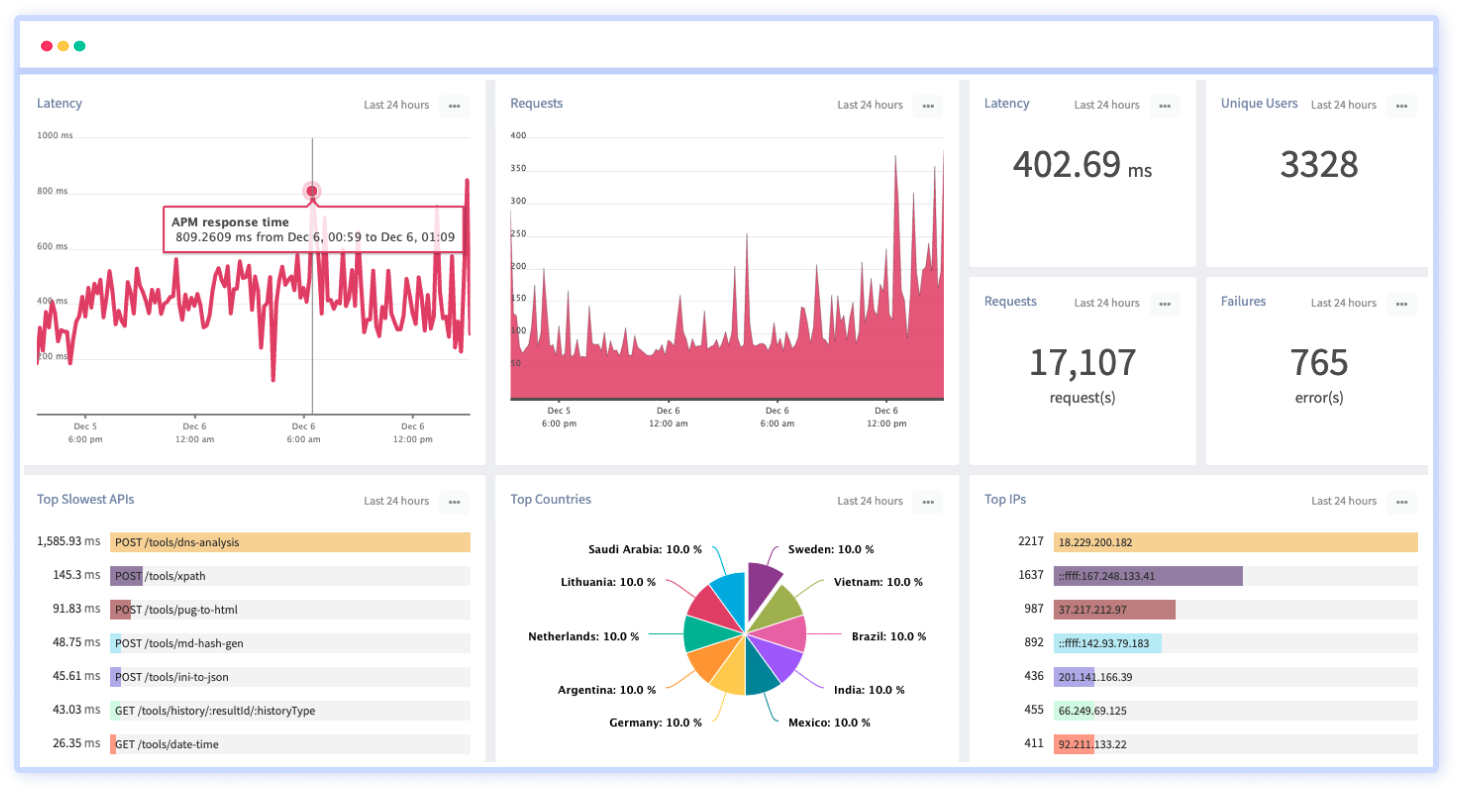
Atatus's user-centric API observability tracks how your actual customers experience your APIs and applications. Customers may easily get metrics on their quota usage, SLAs, and more.
It monitors the functionality, availability, and performance data of your internal, external, and third-party APIs to see how your actual users interact with the API in your application. It also validates rest APIs and keeps track of metrics like latency, response time, and other performance indicators to ensure your application runs smoothly.
#1 Solution for Logs, Traces & Metrics
APM
Kubernetes
Logs
Synthetics
RUM
Serverless
Security
More

